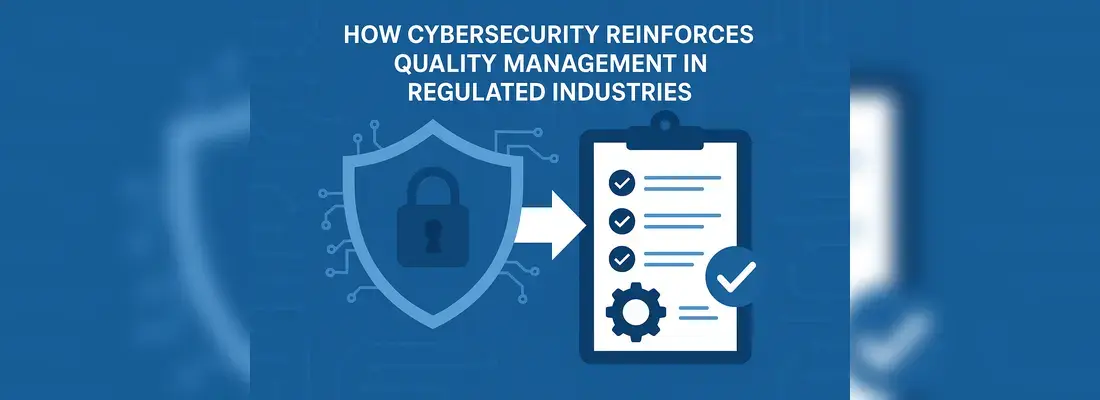Date: 27 August 2025
6. Case management and investigations capability
Good AML software must enable compliance teams to manage cases at pace and deliver predictable outcomes. Single-source case work spaces can also be used to break down siloing in the compliance process and limit swivel-chair effort while using the software and connecting the dots.
Guided playbooks, link analysis, timeline reconstruction, notion-like notes, and workload balancing. Automating everything from bundling evidence together, decision templates like charting purpose, to frictionless joining for reporting.
7. Reporting and e‑filing (SAR/STR/CTR/GoAML)
Accurate and timely reporting ensures compliance with regulations regarding financial crime. Poor filings represent a loss of professional confidence and possible penalties to the submitter when it comes to enhancing an anti-money laundering program while undermining an association's credibility as a credible reporting body.
Specific jurisdiction schemas, field validations, reviewer checklists, and secure evidence packages complemented by bulk submissions and internal record integration drive operational efficiency and mitigate errors during a submission.
8. Data quality and coverage management
Low-quality data can increase money laundering risk due to more false positives and lead to a lack of transparency for detecting suspicious activity. Trustworthy pipelines are essential for fulfilling risk management and compliance functions.
Data lineage specification, completeness and timeliness metrics, schema drift detection, and migrating from an ERM for identifying enrichment failures. Connectors for registries, watchlists, and open banking data should provide organisations with coverage metrics for assessing risk and closing coverage gaps.
9. Real-time decisioning and payments screening
Instant payments and card payments on payment gateways can take sub-seconds to complete. Controls must be put in place to stop or cancel illicit activities without a poor customer experience, if able. Real-time transaction monitoring supports pre-crime interdiction through behavioural detection, minimising the duration of exposure to threats while acting with speed.
In-memory rules/models & features, streaming features, low-latency explainability, and channel-specific SLAs. Safe degradation strategies ensure service is maintained if inputs are delayed, preserving risk management while minimising friction.
10. Privacy, security, and resiliency
The stewardship of sensitive PII and financial data requires rigorous controls. Strong security and resiliency can help mitigate compliance risks and operational disruptions related to AML.
Fine-grained RBAC/ABAC, field-level encryption, HSM-supported keys, immutable audit logs, multi-region HA/DR, and data residency options. Document evidence of secure SDLC, penetration testing, and incident response maturity should be the base levels for any anti-money laundering (AML) platform.
11. TCO - cost control
Cost controls are often ignored until alert inflation and inevitable infrastructure sprawl cause the value of an AML solution to evaporate. Effective governance of cost drives a sustainable position for AML, enabling operational closeness and manageability within the existing business process.
Auto-scaling, workload isolation, usage analytics, and configuration over code enable teams to implement AML compliance software changes without requiring extensive engineering resources. Visibility licensing in respect of users, alerts, API calls, storage, and environments sustains the cost effectiveness of your solution.
How can we assess AML tools quickly?
Manage a sandbox pilot using a known typology and realistic data while measuring alert accuracy, false-positive rate, MTTD, and SAR/STR yield. This will pressure-test anti-money laundering software in conditions very much like production while revealing both data dependencies and latency limitations.
Validate explainability, auditability /export capability, and watchlist freshness, while also ensuring that both sanctions screening and adverse media sources are auditable and documented. Require proofs for real-time flows, failover, and resilience to ensure the software will integrate with existing systems and channels.
Revisit ICA governance artifacts for rules and models: verifiable source, version history, challenger test results, drift/bias dashboards, and approval history - document if decisions or policies have not been made to ensure that there are adequate measures in place. Also, confirm that the integration paths you will be using (APIs, event streams, connectors) will be seamless enough for team members to easily connect the platform to data stores and case tooling/trackers, and resolve any data anomalies.
Review features of importance for the comparison against outcome measurement metrics to select AML software that best aligns with risk management processes, compliance approach, and operational efficiency objectives.
Conclusion
Choosing AML compliance software is a critical choice that dictates how financial institutions will detect financial crime, remain compliant, and effectively manage risk. Risk your resources in a way that is still aspirational but at least risky!
As outlined above, the features that will differentiate strong AML software from point solutions will be risk-based CDD/KYC/KYB, explainable sanctions and adverse media screening; hybrid transaction monitoring; entity resolution; governance and recordkeeping; real-time decisioning; strong security protocols; and TCO/total costs safeguards.
Use the metrics from the outcomes to compare vendors, test claims, and define a compliance strategy that enables compliant workforces and process efficiencies. Subscribe for further insights into anti-money laundering and compliance management tools.
.webp?width=1170&name=AML_Compliance_cropped%20(1).webp)




.webp)


.webp)
